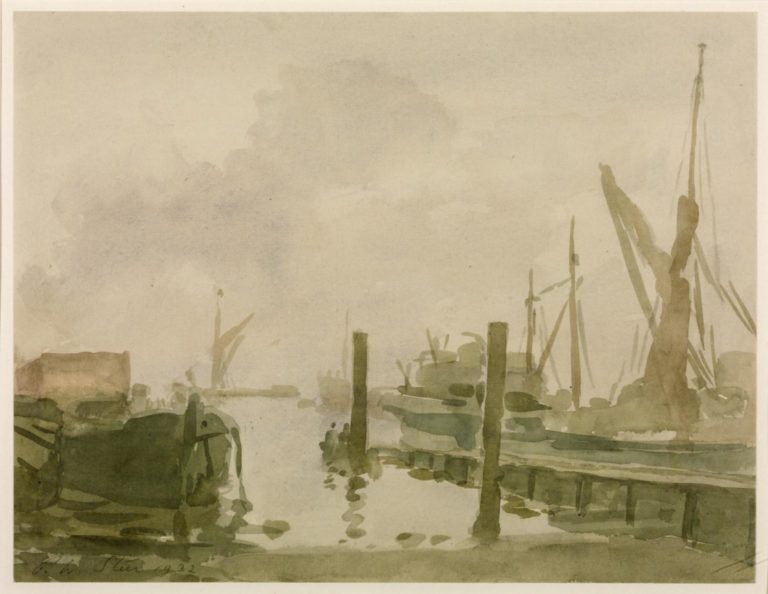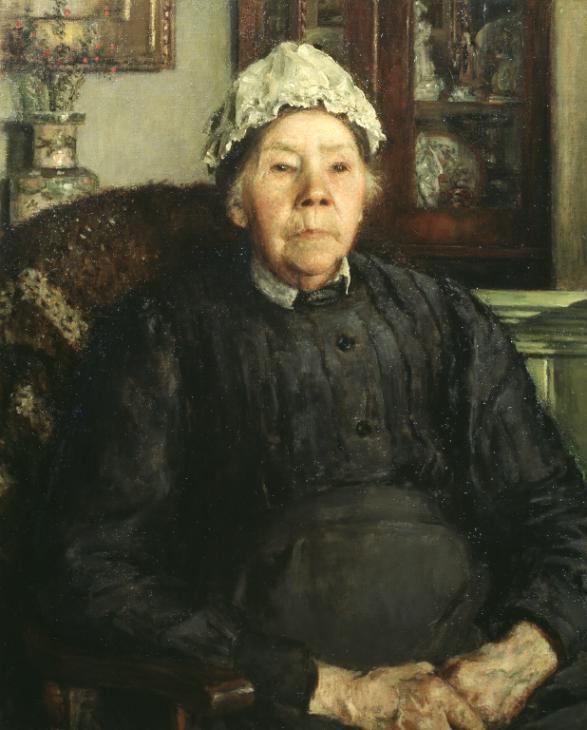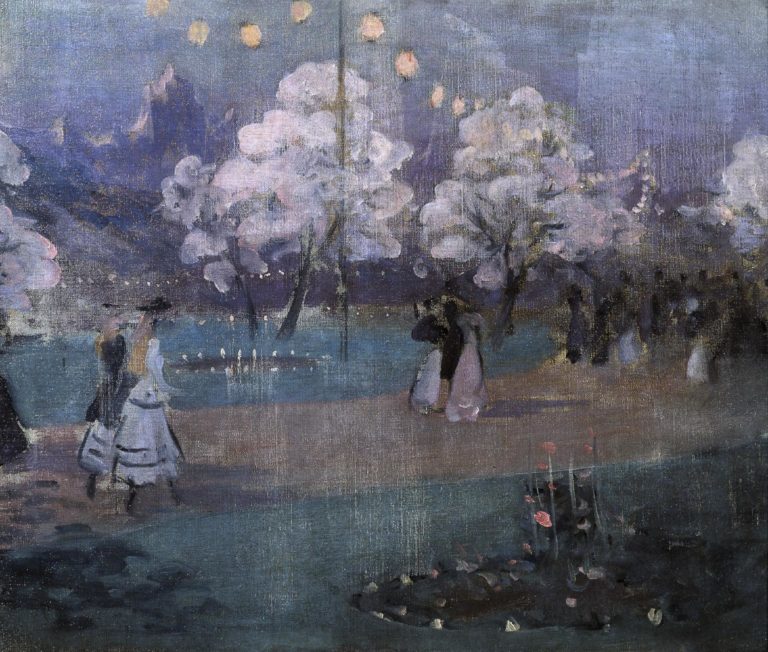















Philip Wilson Steer
1860 - 1942
“When my eyes failed, I had only just got going.“
Philip Wilson Steer, as related by Marjorie Lilly in Sickert, the Painter and His Circle
Biography
The influential English painter and critic, Roger Fry (1866–1934), called Philip Wilson Steer one of the “most gifted and purest of English artists.”
Born in Birkenhead, England, in 1860, Steer’s early interest in painting was encouraged by his father, the English portrait painter Philip Steer. After being rejected by the Royal Academy in 1882, Steer traveled to Paris to study at the Académie Julian under William-Adolphe Bouguereau and at the École des Beaux-Arts under Alexandre Cabanel. Upon failing a French language exam, he returned to England in 1884, set up a studio in London, and took the first of what would become regular summer painting trips. His early work, such as Girl at a Well, was done in the tradition of “rustic naturalism,” a painting style that depicted the daily life of the rural poor as its subject matter. Before long, though, Steer began making luminous paintings of Walberswick on the Suffolk coast that showed the influence of Édouard Manet, James McNeill Whister, and the French Impressionists.
These paintings earned him recognition as one of Britain’s leading Impressionists. However, critics wrote excoriating reviews of the work, and few of the pieces sold. Steer considered abandoning painting altogether. Instead, around 1895, he began making radically different paintings in a more traditional English style. His landscapes and figures from this period showcase his remarkable technical skills. They also harken back to the style of an earlier era, especially next to his Impressionist works, employing as they do conventions used by painters such as John Constable and Antoine Watteau.
Steer served as a painting tutor at the Slade School of Art from 1893 to 1930, where he influenced generations of young artists. He was the subject of the first retrospective of a living artist at the Tate Gallery in 1929, and was awarded the Order of Merit in 1931.
Steer’s Post-Macular Artwork
Around 1927, when Steer was 67, he experienced the first symptoms of macular degeneration. He’d used both watercolors and oils for most of his career. As his vision declined, he began using watercolors almost exclusively to create landscape paintings that, though radically different from his luminous early works, rival them in capturing an ephemeral sense of the elemental.
After years of gradual decline, Steer’s right eye also succumbed around 1935. He continued to paint seascapes using watercolor until 1938. His doctor recalled that it was tragic to witness Steer’s last efforts. However, time has singled out many of Steer’s late paintings, as well as his early paintings of Walberswick, as his best work.












